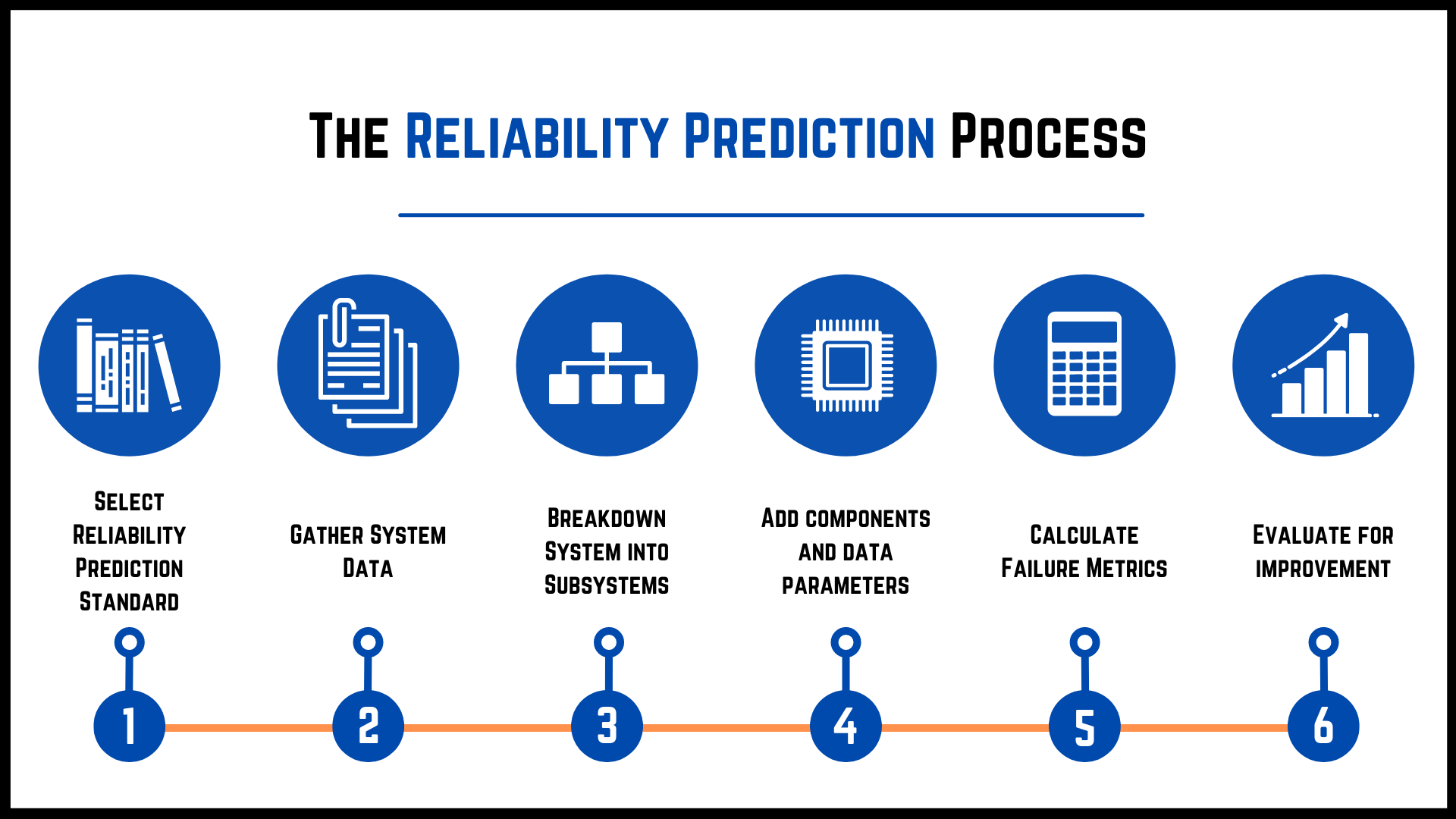Unveiling the Sparks: A Guide to Detecting Electric Motor Defects
Welcome to our guide on detecting electric motor defects! In a world where machines play a crucial role, ensuring motor reliability is essential for optimal performance. A well-functioning electric motor is the heartbeat of many industries, powering various machinery and equipment to keep operations running smoothly. However, even the most robust motors can develop defects over time, leading to unexpected breakdowns and costly downtime. By understanding how to detect and address these issues early on, you can improve motor reliability and prevent potential disruptions to your operations.
Common Electric Motor Defects
Electric motors can experience various issues that can affect their performance and reliability. One common defect is overheating, which can be caused by factors such as overloading, poor ventilation, or bearing failure. Overheating can lead to insulation breakdown and ultimately motor failure if not addressed promptly.
Another prevalent defect is bearing failure, often attributed to inadequate lubrication or contamination. Bearings are crucial components that facilitate smooth rotation within the motor. When bearings wear out or become damaged, it can result in increased friction, noise, and ultimately motor malfunction.
Additionally, electrical faults such as winding insulation failure or short circuits can occur in electric motors. These faults can lead to erratic motor behavior, overheating, or even irreparable damage. bearing fluting and testing of the motor's electrical components are essential to detect these defects early and prevent costly repairs.
Diagnostic Techniques
To effectively pinpoint motor reliability issues, technicians can utilize a variety of diagnostic techniques. Visual inspection is often the first step in detecting defects, looking for signs of wear, corrosion, or loose connections. Additionally, utilizing thermal imaging devices can provide valuable insights into the motor's temperature distribution and identify any overheating components.
Another valuable diagnostic technique is vibration analysis, which involves using specialized equipment to measure the motor's vibrations during operation. Changes in vibration patterns can indicate issues such as misalignment, rotor unbalance, or bearing wear. By analyzing these vibrations, technicians can proactively address potential defects before they escalate into more significant problems.
Furthermore, electrical testing plays a crucial role in assessing motor health. Techniques such as insulation resistance testing and phase balance testing can reveal underlying electrical issues that may compromise the motor's reliability. By employing a combination of visual, thermal, vibrational, and electrical diagnostic techniques, technicians can effectively detect and address electric motor defects, prolonging the motor's lifespan and optimizing performance.
Preventive Maintenance Strategies

One effective strategy to maintain motor reliability is implementing a regular inspection schedule. This involves checking for any signs of wear and tear, loose connections, or unusual sounds. By staying proactive, potential defects can be detected early on, preventing costly downtime and repairs.
Another essential preventive maintenance technique is ensuring proper lubrication of the motor components. Adequate lubrication helps reduce friction, heat, and wear, prolonging the motor's lifespan and enhancing its overall performance. Regularly checking and replenishing lubricants can significantly contribute to the motor's reliability.
Moreover, conducting thermal imaging inspections can be a valuable preventive maintenance practice. Thermal imaging technology allows for the detection of hotspots or abnormal temperature patterns in the motor, indicating potential issues such as overload or faulty components. By identifying these defects in advance, corrective actions can be taken promptly, ensuring the motor's optimal functioning.